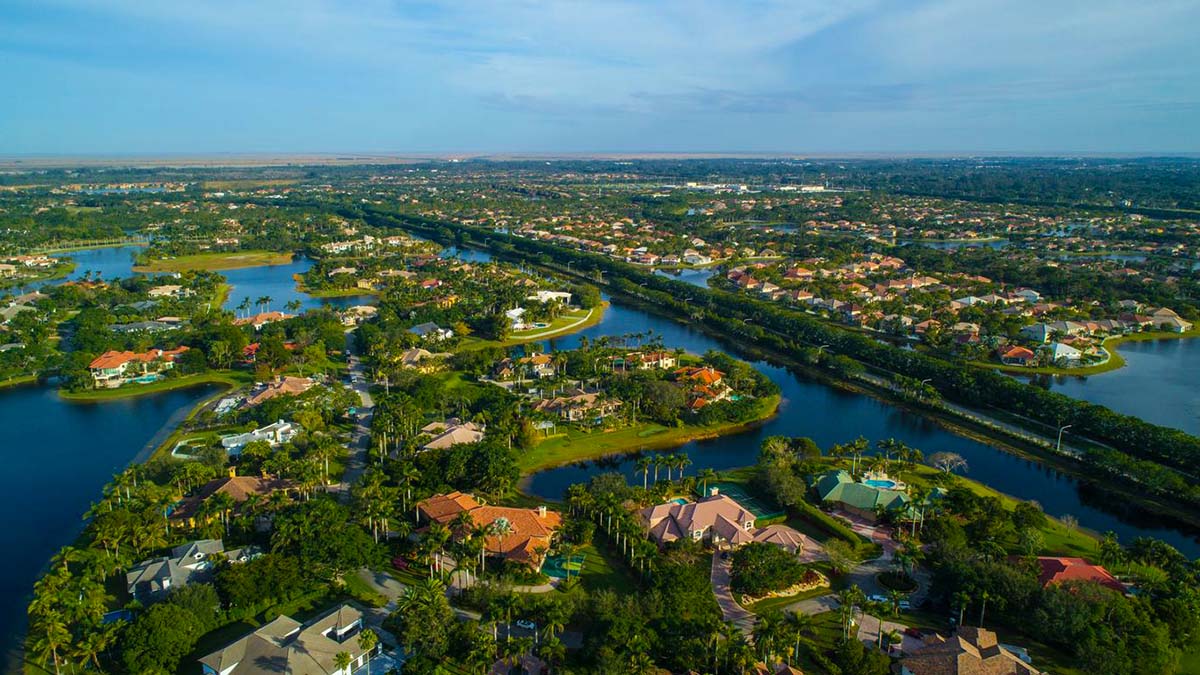Population Trends in Pleasantville, New Jersey: A Closer Look at the Numbers Behind the Community
Tracking how a city grows or stabilizes can reveal more than just figures—it highlights economic shifts, migration patterns, and planning priorities. Pleasantville, located in Atlantic County, New Jersey, may only have around 20,000 residents, but its story reflects wider urban dynamics found across the globe.
Key Facts at a Glance
- From 1990 to 2025, Pleasantville’s population increased moderately but has shown a leveling trend over the past three years.
- As of 2023, there were approximately 20,613 residents—a slight dip from 2020.
- Over a 30-year span (1990–2020), the population grew by roughly 21%, driven mainly by surges in the ’90s and early 2000s.
- The city is composed of 50% Hispanic and 34.8% Black residents, creating a diverse and active cultural environment.
Demographic Shifts Over Three Decades
In April 1990, Pleasantville recorded 16,942 residents. By 2000, that figure climbed to 18,996, signaling stronger local economic activity and an influx of new families. A decade later, the population reached 20,272, supported by affordable housing initiatives and employment opportunities linked to nearby Atlantic City.
The 2020 census reported a peak population of 20,629—an increase of 1.9% over the previous decade. Yet, just three years later, the number saw a slight dip to 20,613, marking a negligible change of –0.1%. According to World Population Review projections, the 2025 count stands around 20,625, confirming a steady trend over five years.
This flattening pattern contrasts with the rapid growth in towns like Milton Keynes in the UK and Laval in Canada, both of which grew by more than 10% during the same period. In Pleasantville, slower movement reflects balanced rates of residents leaving and arriving, along with limited space for new housing development.
Race and Age Breakdown
Based on 2020 census data, the city consists of 50% Hispanic, 34.8% Black, and 10.1% White populations. The remaining percentage includes Asian, Native American, and multiracial groups. The median age is estimated at 33, younger than the national median of 38. This signals a need for community investments in education, childcare, and job training targeted at entry-level roles.
Key Factors Affecting Population Change
- Service-Oriented Economy – Proximity to Atlantic City means many residents are employed in tourism, retail, and food service. Economic slumps in these industries, as seen during the pandemic, affect income and may prompt people to relocate.
- Housing Affordability – According to the latest American Community Survey, median rent in Pleasantville remains lower than New Jersey’s overall average. This draws individuals and families seeking more accessible housing options.
- Youth Migration – High school graduates often move to larger cities like Philadelphia or New York for college or higher-paying jobs. However, the city gains from incoming immigrants who view Pleasantville as a gateway community in the U.S.
- Environmental Considerations – Although situated near the Atlantic coastline, Pleasantville is less prone to flooding compared to other coastal areas. Still, discussions continue about sea-level preparedness, which could influence land values and future residential decisions.
These factors are not unique. Similar dynamics affect small cities in Europe, Asia, and Latin America, where maintaining employment, ensuring housing affordability, and preventing youth brain drain remain pressing issues.
Placing Pleasantville in a Global Perspective
Compared with cities of similar size worldwide, Pleasantville’s trend is relatively stable. Lüdinghausen in Germany experienced about 5% growth over ten years due to the relocation of technology firms. Conversely, Matsue in Japan—nearly the same size—saw a 3% drop in population because of aging residents and declining birth rates.
In such contexts, halting population decline can be seen as progress. For local governments across Europe and East Asia, the goal is not rapid growth but maintaining enough workforce to support social services.
Pleasantville illustrates this kind of balanced approach. With no dramatic surges or drops, the city offers reliable projections that service providers can plan around.
Effects on Jobs, Housing, and Services
Employment and Income
Recent figures from Census Reporter show the city’s median household income at $46,000—significantly below the New Jersey median of $89,000. While this indicates economic challenges, it also positions the city as attractive to labor-intensive businesses. A stable population also supports consistent job training programs in industries like hospitality and light manufacturing.
Housing Needs
With minimal changes in population, focus shifts from expansion to maintenance. Renovating existing properties takes priority over building new subdivisions. This is not only cost-efficient but also preserves the neighborhood character, something that appeals to visitors and long-time residents alike.
Education and Healthcare
Roughly one-third of the city’s residents are under the age of 18. This creates a strong demand for quality primary education. Meanwhile, about 13% lack health insurance, emphasizing the need for stronger access to basic healthcare and preventive services.
Transportation
Pleasantville’s connectivity relies on Atlantic City Expressway and U.S. Route 9. With limited population growth, managing public buses and road improvements becomes more predictable. The system avoids overcrowding and makes the most of transportation budgets without excessive investment.
Challenges and Openings for the Future
One pressing issue is preventing a long-term decline in young adult residents. Without enough mid-skill jobs, recent graduates are more likely to move away. Attracting small to mid-sized businesses in tech support or administrative services could help address this. These enterprises require less physical space but can offer competitive wages.
The city also holds potential in cultural development. A large Hispanic population provides room for growth in Latin-themed food businesses and creative ventures. Studies in Madrid and São Paulo show that multicultural communities can become key contributors to local economies.
Pleasantville could also benefit from retrofitting older buildings to make them more energy-efficient. With backing from global climate adaptation funds, such projects could reduce utility costs and generate construction jobs locally.
Looking Ahead
If current patterns continue, Pleasantville’s population is likely to remain between 20,500 and 21,000 over the next five years. The combination of affordable housing, a youthful population, and cultural diversity may drive the growth of small businesses and neighborhood-based services.
To support this direction, the city should aim to:
- Expand job training in digital and green energy sectors.
- Build stronger ties with community colleges and e-learning platforms to give young residents more options without leaving town.
- Maintain walkable neighborhoods and accessible public transportation—a proven strategy in places like Groningen, Netherlands.
A Final Thought on People Behind the Data
Population figures are more than statistics—they reflect real individuals with goals and everyday needs. As policy leaders balance economic demands with resident feedback, Pleasantville has a chance to serve as a model for steady, community-centered growth.
The story here shows that sustainability, not speed, can be a stronger indicator of lasting progress.



